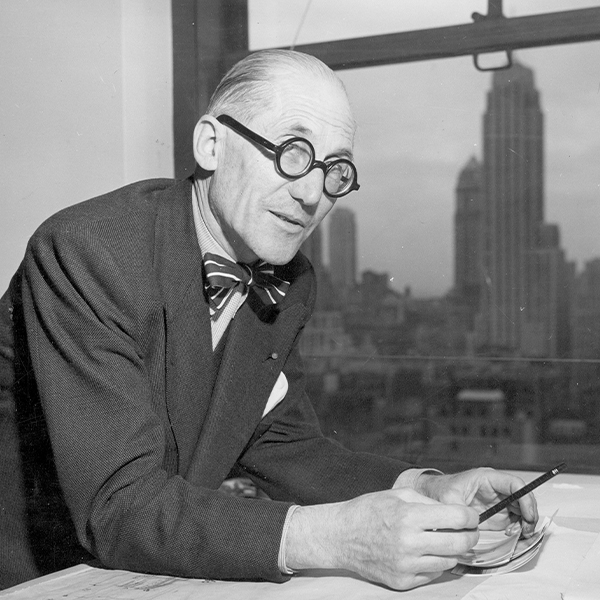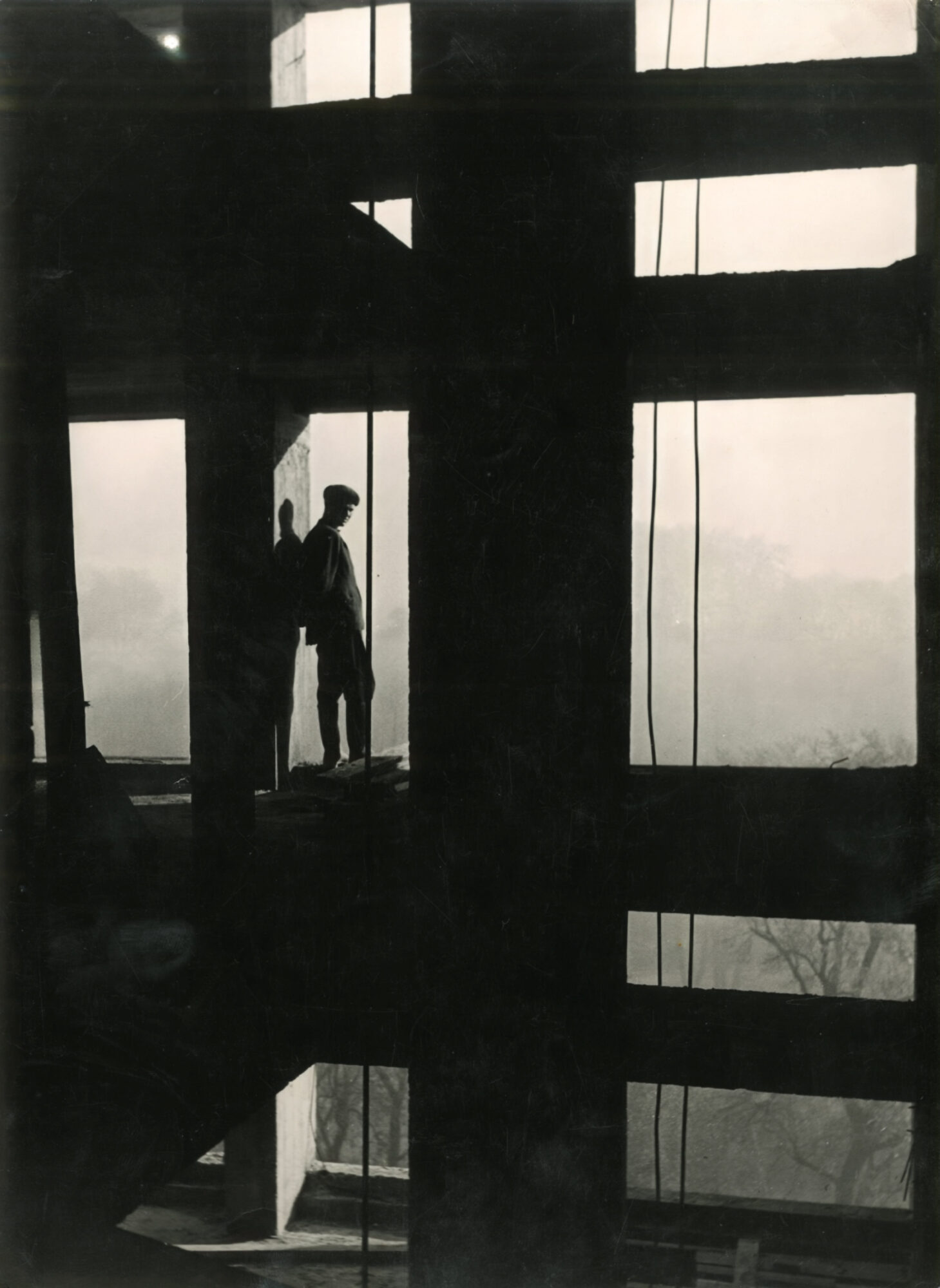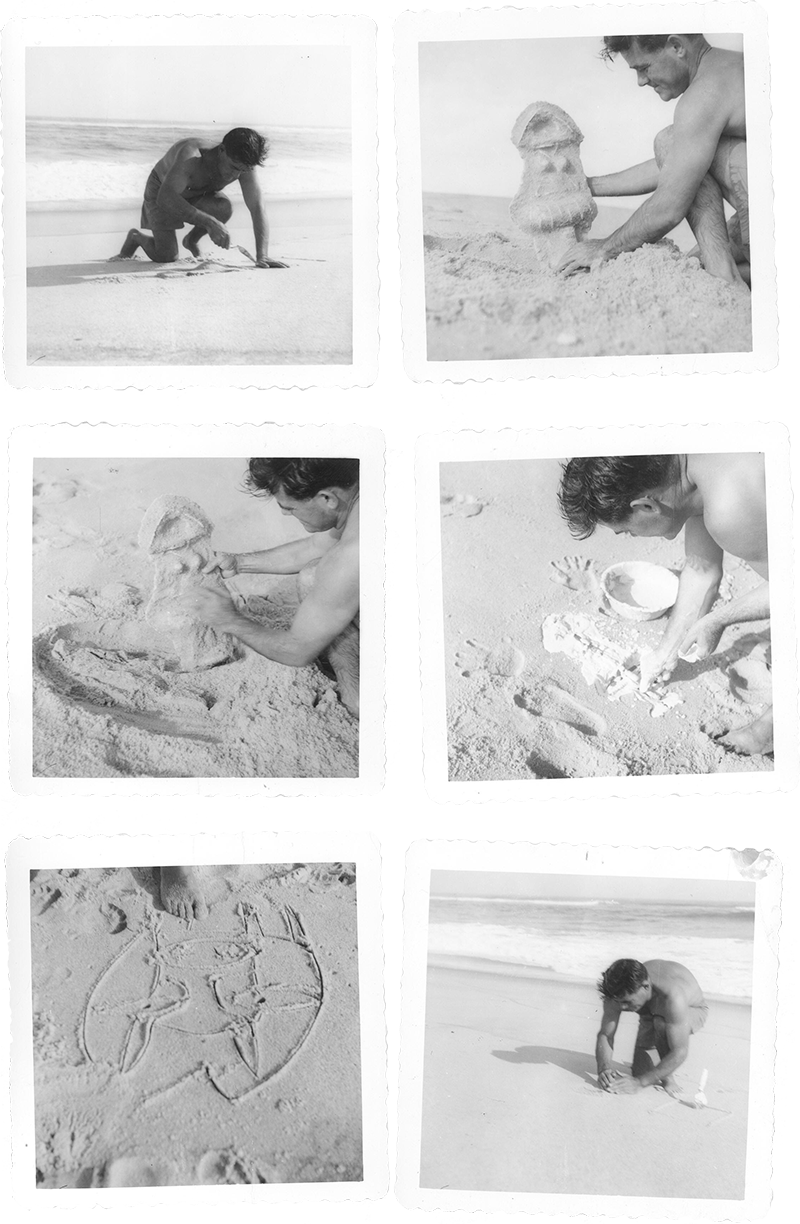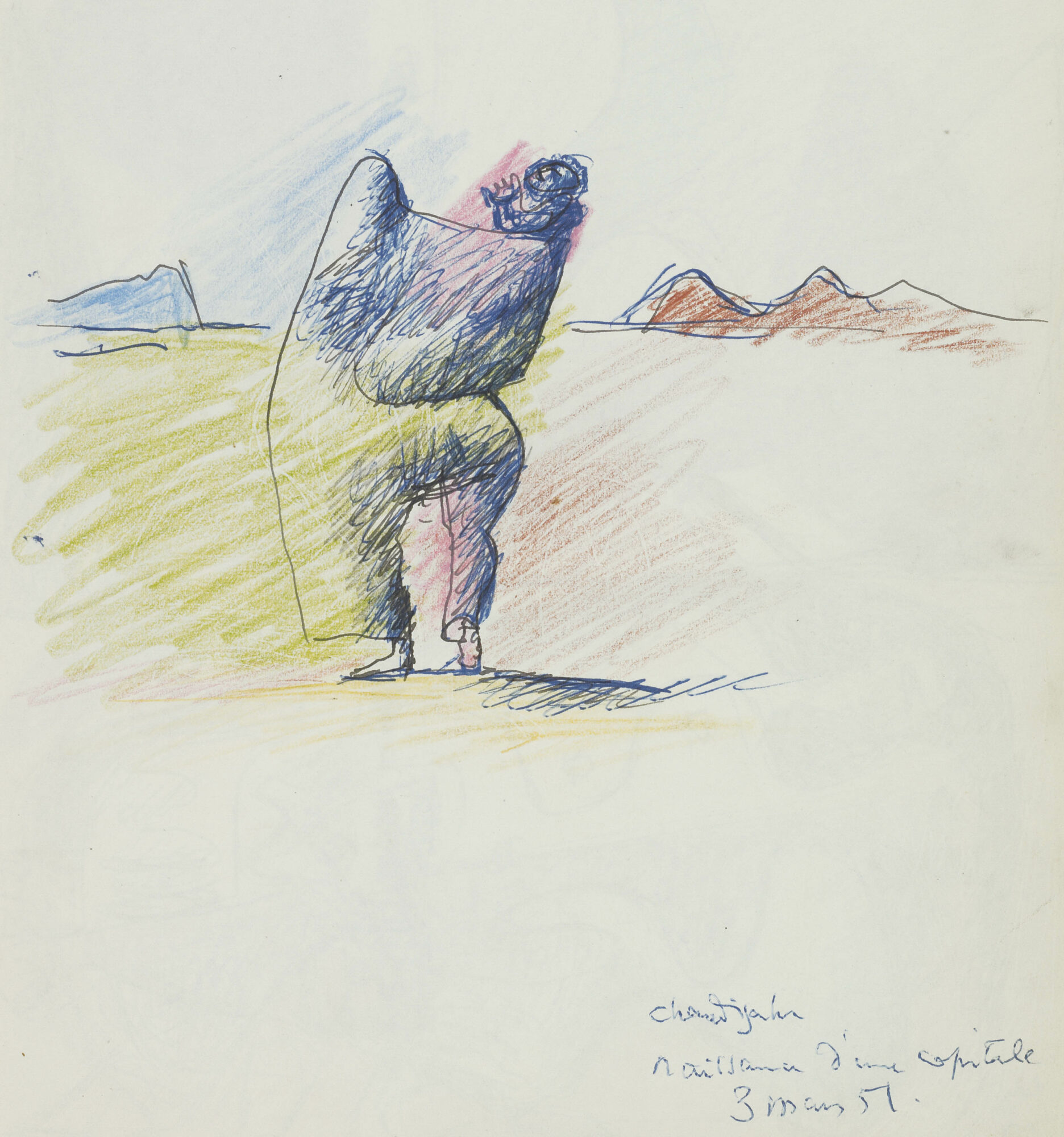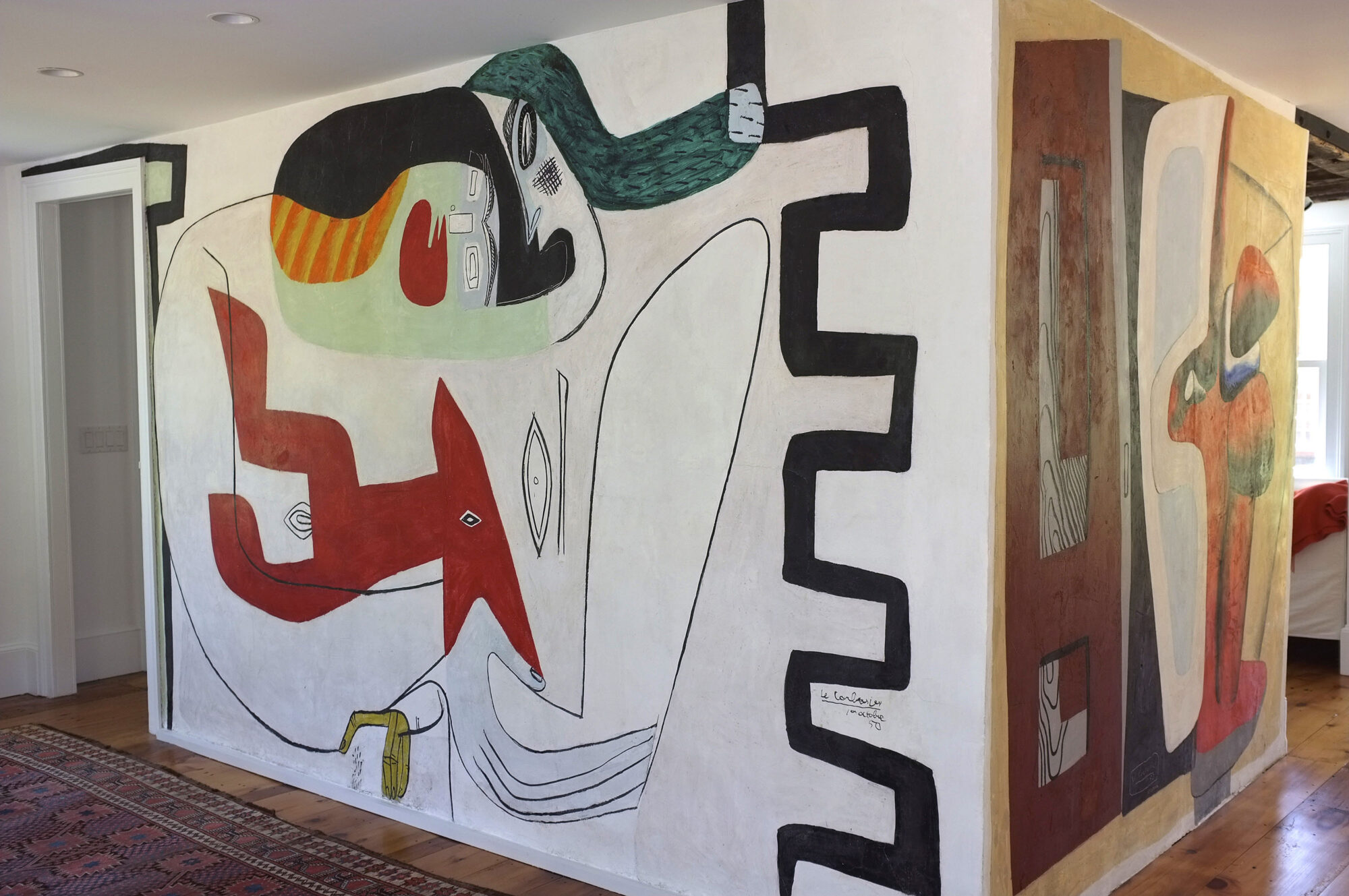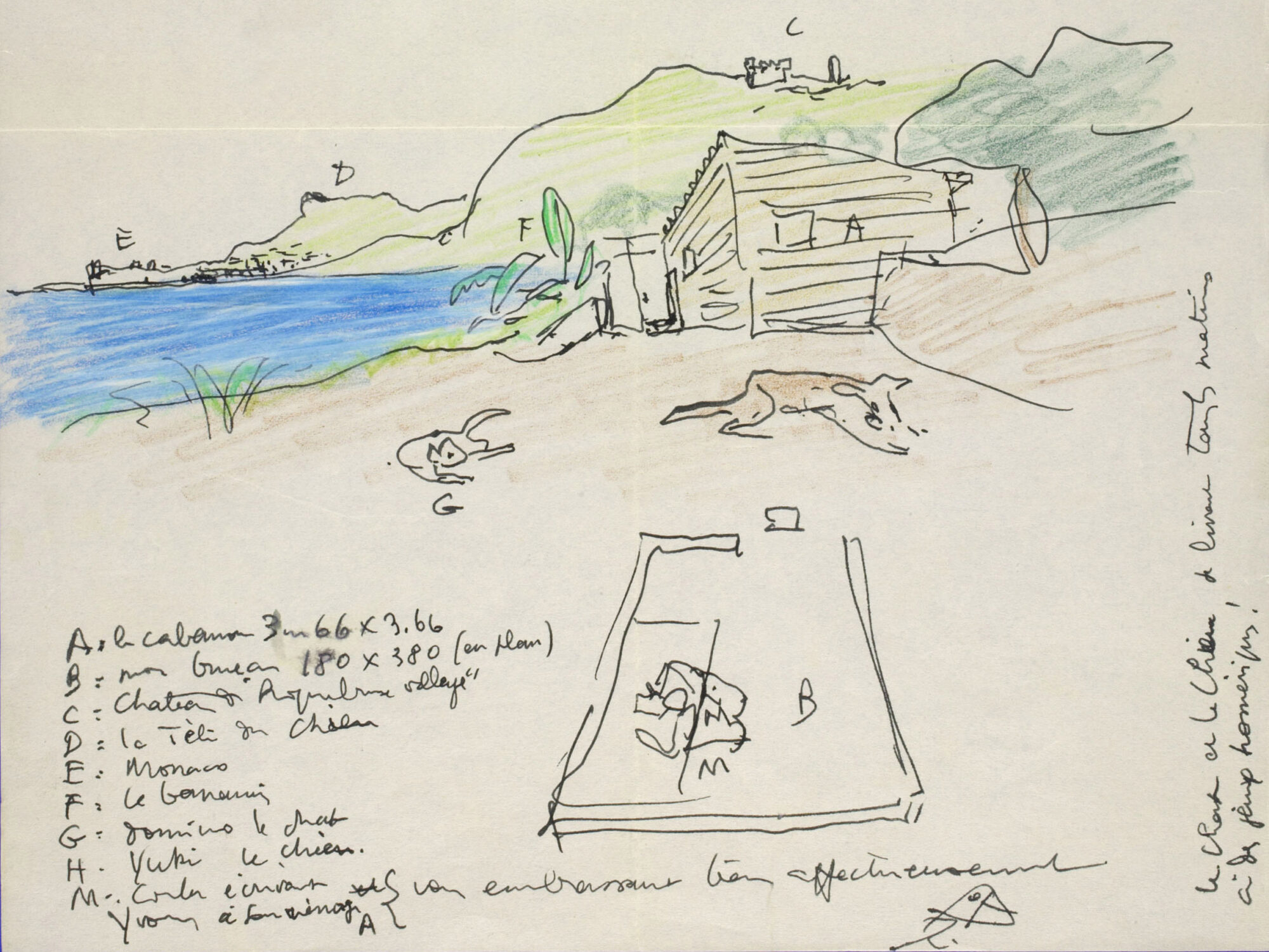
1947-1951: Major projects
Once the studio at 35 rue de Sèvres was up and running again, euphoria was the order of the day, as Le Corbusier told his friends and family: “We only design Corbu”. The projects are numerous: L’Unité d’Habitation de Marseille, the UN headquarters, the reconstruction of La Rochelle-La Pallice, the Bogota Plan… With these various projects, Agence Le Corbusier returns to its glory days. Le Corbusier relishes the fact that he has more than thirty collaborators at his disposal to accomplish the many projects that lie ahead.
Cosmopolitanism is the order at the studio, and the arrival of trainees from Europe as well as the Americas gives the agency a fully international character that fully suits the master of the premises, who is keen to develop his projects in the four corners of the globe. This climate is conducive to reflection and theoretical innovation, with the corollary of renewed pictorial creativity, justified by the prospect of selling his paintings in Paul Rosenberg’s prestigious New York gallery.
On a national level, Le Corbusier gained symbolic recognition from the public authorities by taking a seat on the Economic Council. The failure of the United Nations headquarters affected him all the less, as he remained fully focused on his theoretical research and the continuation of the Marseille project, which was given new impetus thanks to the unfailing support of his friend Claudius-Petit, appointed Minister of Reconstruction and Urban Planning in September 1948. In 1950, he also signed the contract with the Punjab Government Council for the construction of the new capital. Family correspondence testifies to the efficiency of his operating system, developed in the 1930s. His home at 24 rue Nungesser et Coli, with Yvonne at his side, was a haven of peace and quiet that enabled him to recharge his batteries between his travels.
1947
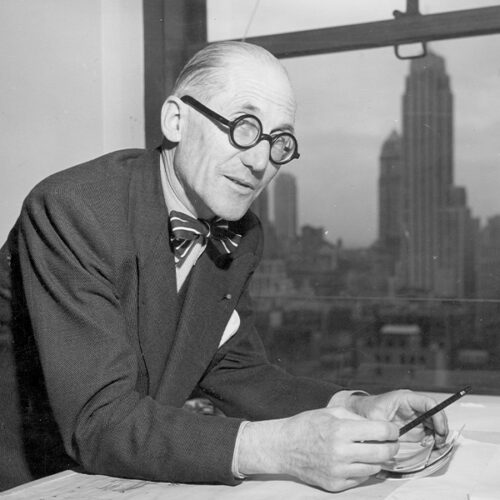
- Construction begins on the Unité d’habitations de Marseille project
- Le Corbusier works on the project for the Palais des Nations-Unies in New York
- Publication of N Headquarters
- Exhibition at the Stdelijk Museum, Amsterdam
- Participates in CIAM VI in Bridgewater
1948
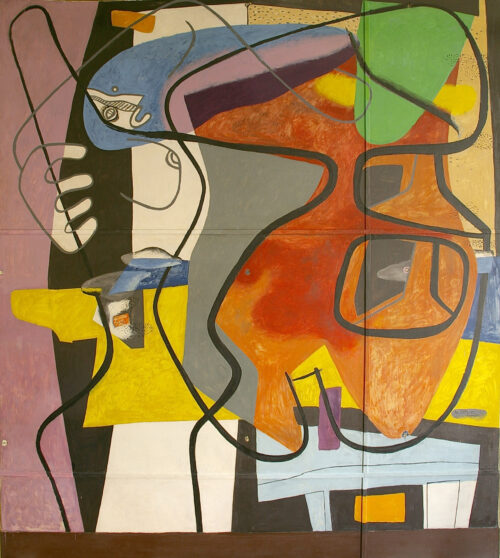
- Start of collaboration with Pierre Baudouin on the tapestries
- Creates a mural in the Pavillon Suisse to replace the photo mural damaged during the Second World War.
- In one weekend, Le Corbusier painted the mural for his studio at 35 rue de Sèvres, inspired by his painting Femme au coquillage.
- Publication of New World of Space
- Touring exhibition organized by the Institute of Contemporary Art of Boston
1949
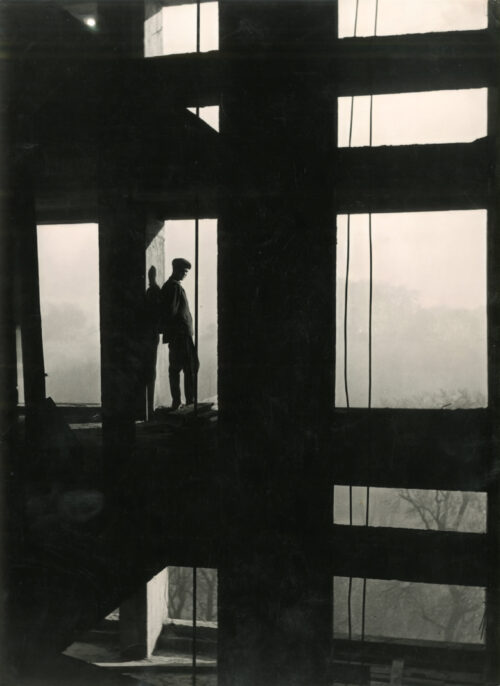
- Construction of Maison du Docteur Curutchet in La Plata,
- Stay in the Unité d’habitations de Marseille, still under construction, to test his
- Work session organized in Cap-Martin to study the Urbanism de Bogota
- Lucien Hervé begins working with Le Lucien Hervé takes over six hundred photographs on the Marseille housing project, which he sends to Le Corbusier. From then on, he was Le Corbusier’s regular photographer.
- CIAM VII in Bergamo, on the theme of Realizing the fundamental principles of urban planning – Putting the Athens Charter into practice
1950
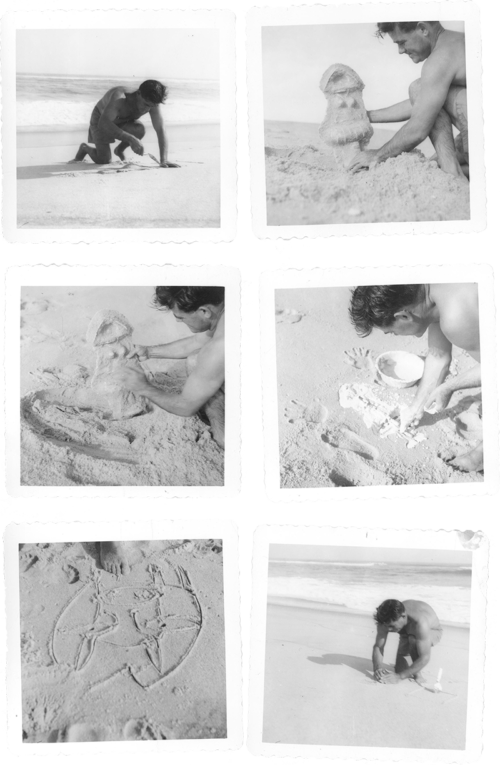
- Le Corbusier travels to Ronchamp for the first time, to work on the reconstruction of the Chapelle Notre- Dame-du-Haut on top of Bourlémont hill.
- Le Corbusier creates two murals and sandcasts at Costantino Nivola’s Long Island
- He is appointed general consultant for the project of the new capital of Punjab, the future Chandigarh.
- Publication of Modulor I, Poésie sur Alger and L’Unité d’Habitation de Marseille.
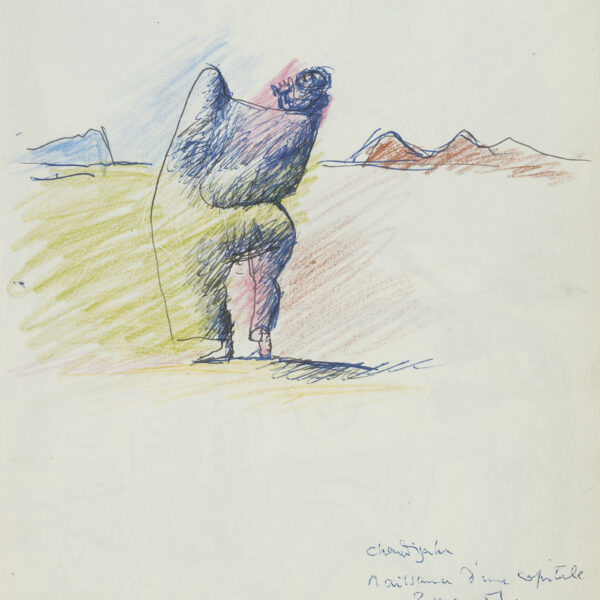
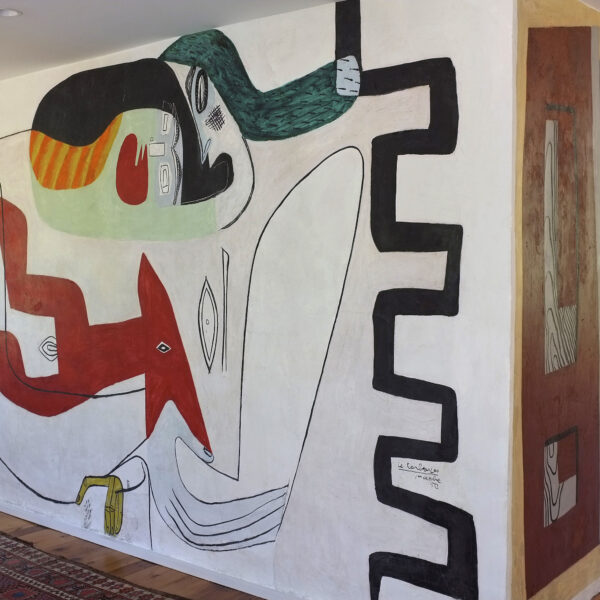
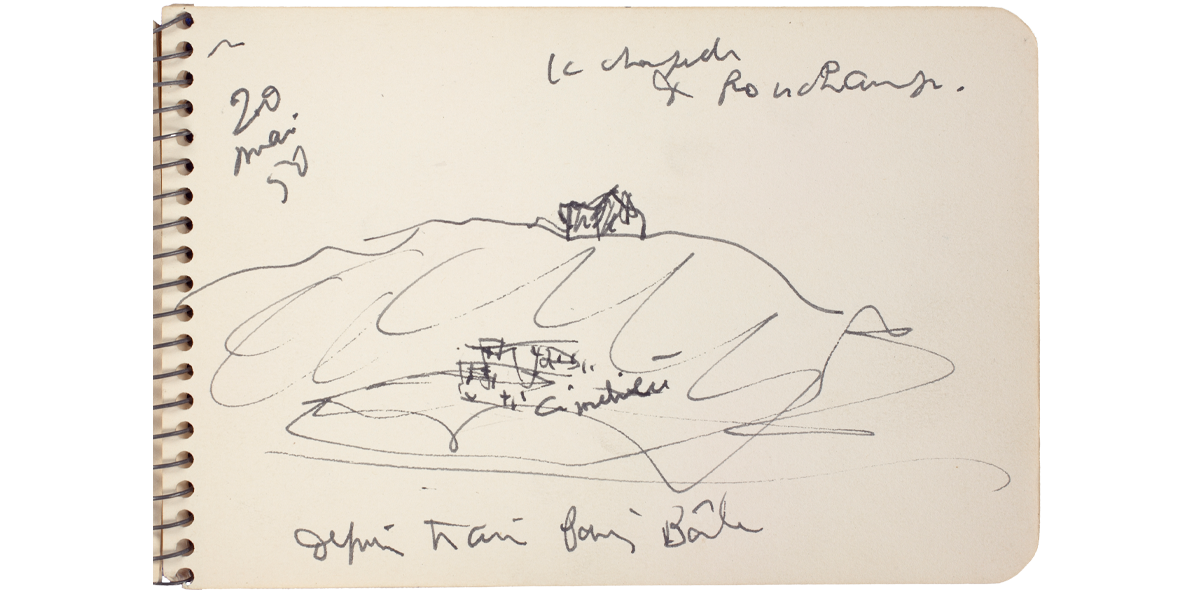
1951
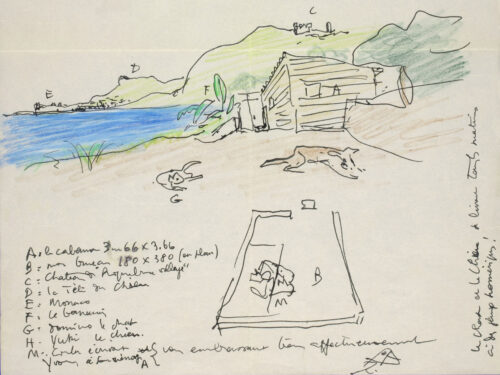
- Usine Claude et Duval is completed
- Some major construction projects are underway:
- In France: le Cabanon and les Maisons Jaoul
- In India, in Amhedabad: the Shodhan and Sarabhai villas as well as the Millowner’s Association building and Museum
- In Chandigarh: Schools of Art and Architecture Museum, Secrétariat, Palais de l’Assemblée
- CIAM VIII in Hoddesdon, Study of the center, the heart of cities: “The Heart of the City”
